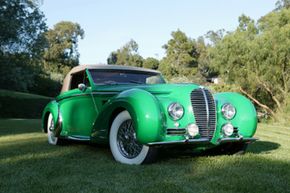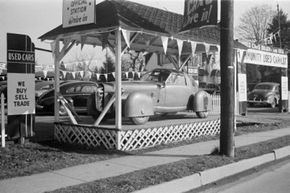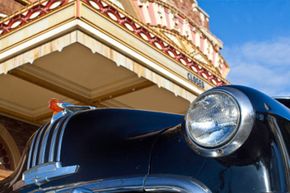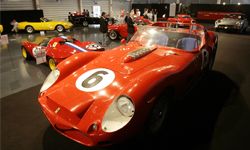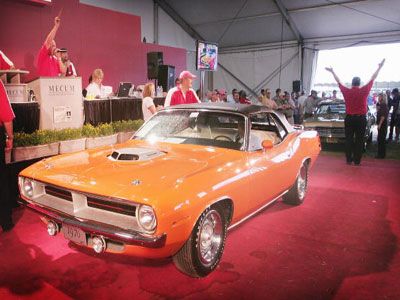Art Deco was an artistic movement that dominated nearly every form of creative expression in the period between World War I and World War II. From the Chrysler Building to furniture to paintings and advertisements, Art Deco brought about a new era of style that combined extravagance with simplicity and functionality.
That design language extended to automobiles as well, particularly the ultra-expensive cars from Europe in the 1930s. While much of the world suffered through the Great Depression, there remained a class of people untouched by a struggling economy and they demanded their automobiles -- still a relatively rare and expensive thing to own at the time -- have a level of opulence that reflected the spirit of the times.
Advertisement
Fortunately for them, that decade was one where car companies like Delahaye, Delage, Talbot-Lago, Voisin and Bugatti existed specifically to produce incredible machines that average people could only dream of owning. And coachbuilders like Chapron, Figoni et Falaschi, Gangloff, Vanvooren and others were there to produce stunning bodies for those cars that are considered inspiring even today [source: Garrett].
The cars of the Art Deco era featured swooping fenders, long hoods, and highly streamlined shapes. Unlike the cars of today, they weren't just about simple transportation -- they were about making bold statements and high style. These styling cues spilled over to more affordable American cars as well, like the now-famous Chrysler Airflow.
In this article we'll journey back to an extravagant and optimistic time when outrageous cars ruled the world. We'll learn about the Art Deco movement, the impact it had on automobiles, and where some of the most eye-catching cars of all time are today.
Advertisement
